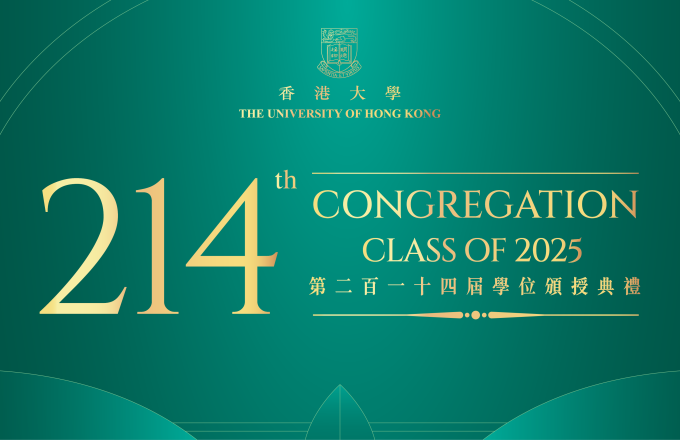Environmental Transparency and Value Appropriation from Innovation: Evidence from US Hydraulic Fracturing 2000–2020
Ms. Shirley Tang
Ph.D. Candidate in Strategy and Entrepreneurship
Olin Business School
Washington University in St. Louis
Firms are under greater pressure to be transparent about the negative externalities they impose on society. In some cases, these externalities are caused by proprietary technology on which they rely for competitive advantage. This creates a “transparency dilemma”; more transparency relieves public pressure but increases the risk of imitation. I argue that firms under greater public pressure can rely on complementary assets to strategically choose which technologies to disclose and which to keep secret. Using data on over five million chemical ingredients reported at more than 170,000 hydraulically fractured wells across the US, I find that trade secret rates in chemical reporting decrease by 10% with one standard deviation increase in the support for environmental regulation at the congressional district level. In addition, I find that this negative effect is stronger for firms possessing more complementary assets—geological resources specific for the chemical recipes, suggesting that such assets can substitute for secrecy in sustaining competitive advantage as firms disclose the technologies from which competitors cannot profit to appease stakeholders who expect minimum secrecy. Using a difference-in-differences design, I find that post-chemical disclosure regulations, firms in states with greater public pressure are more likely to hoard drilling permits. Greater public pressure is also associated with faster drilling, indicating the use of lead time as an additional value appropriation mechanism. Implications for competition and environmental policy are discussed.














